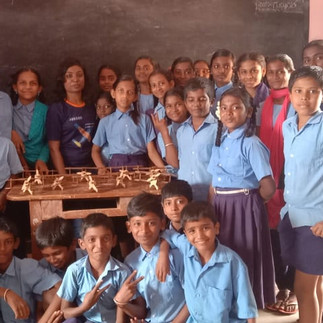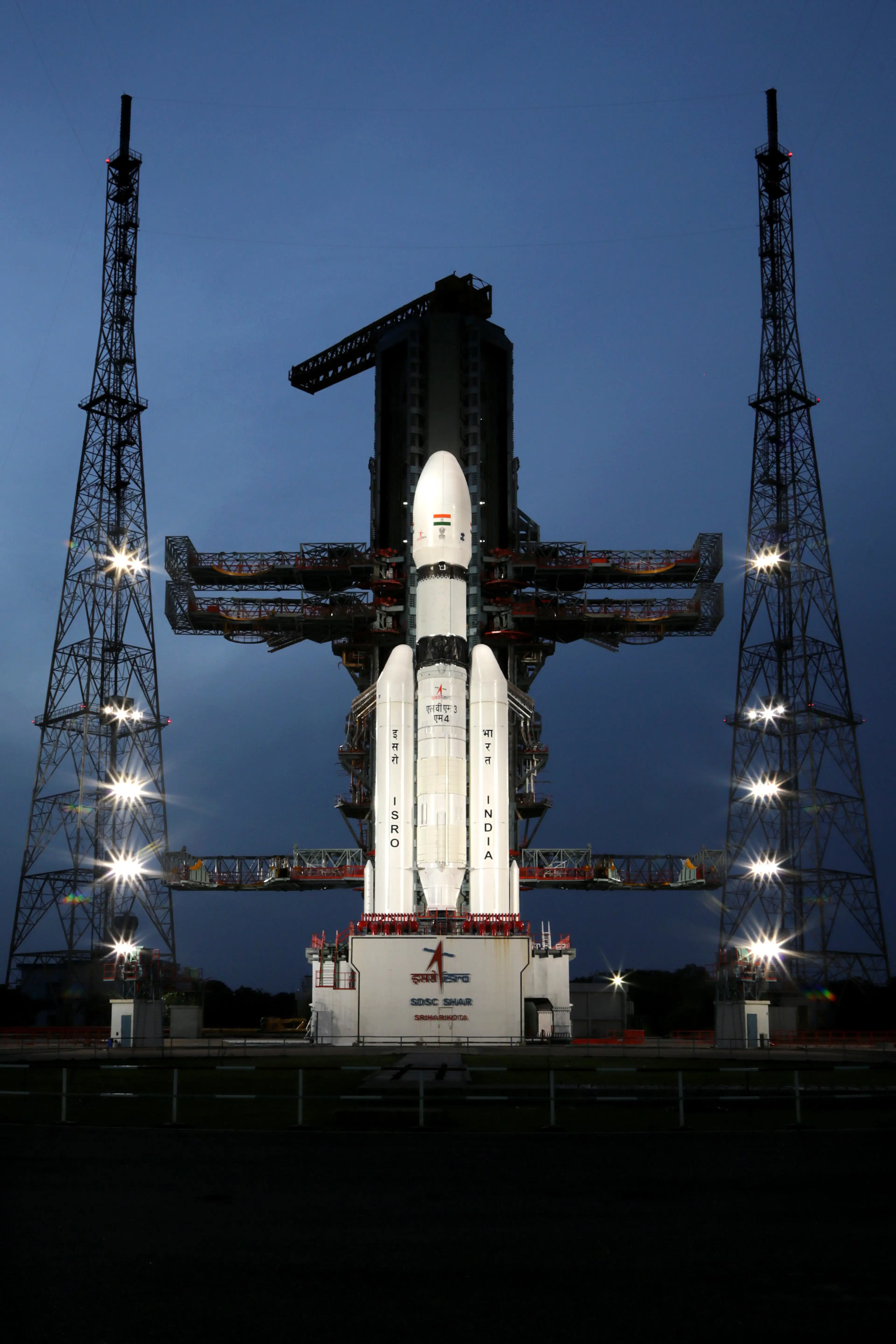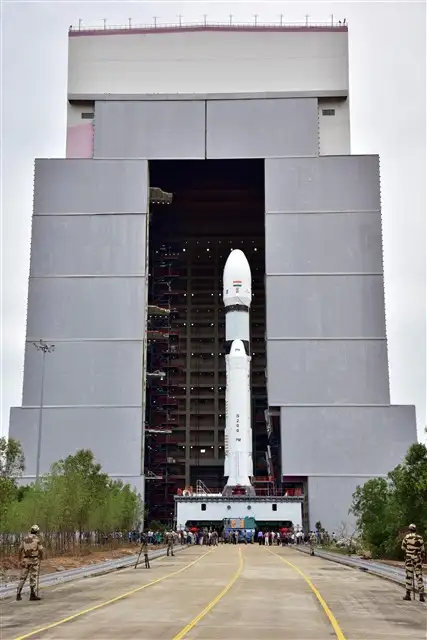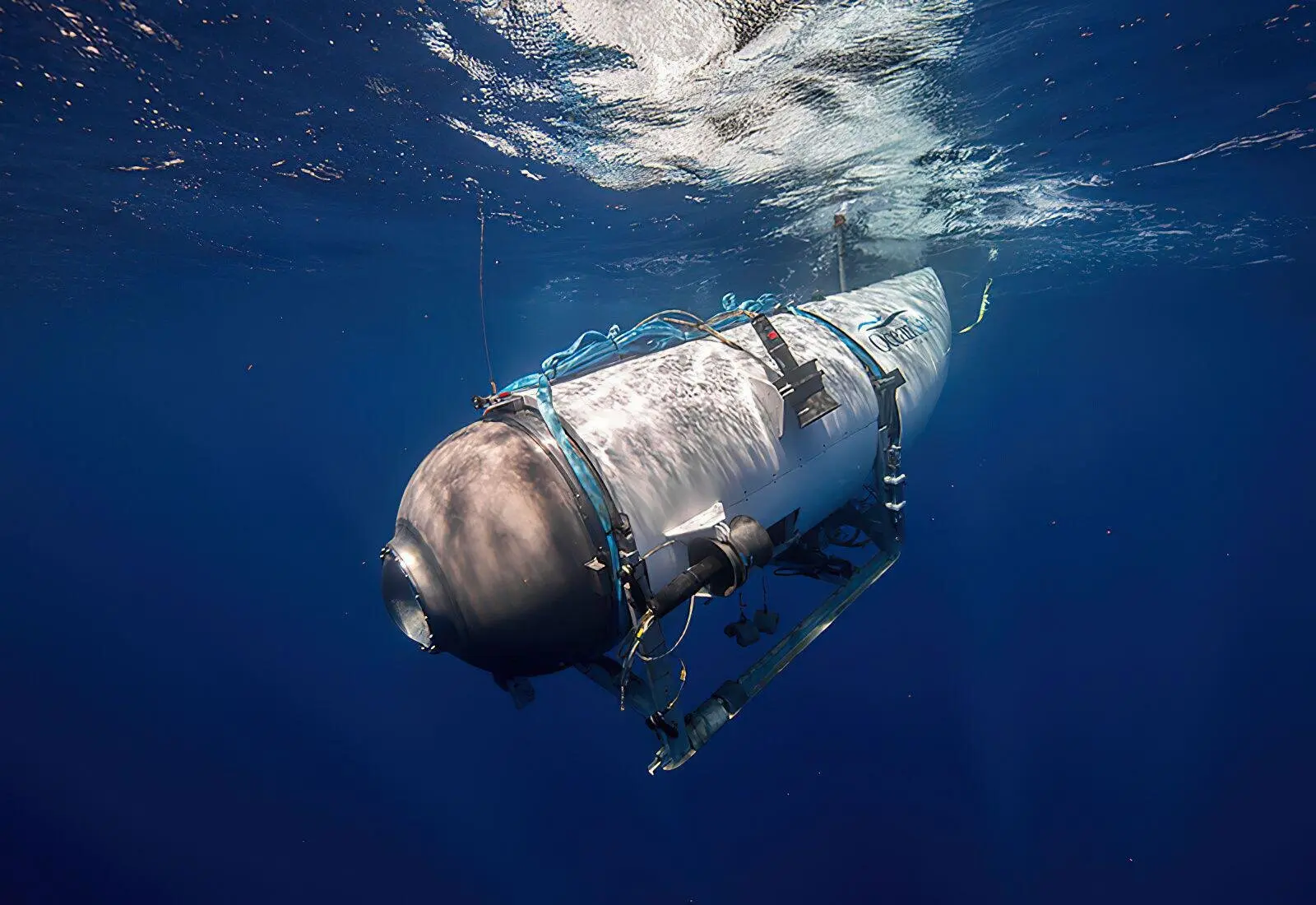AEROGO's Aeromodelling Glider Workshop Takes Flight in Chikkaballapur, Karnataka
- lahari g
- Jul 22, 2023
- 5 min read
Updated: Nov 10, 2023
In today's digital-driven world, the captivating art of aeromodelling often remains undiscovered by many. Despite its undeniable appeal, there are various factors that hinder people from fully engaging in aeromodelling as a hobby. These include a lack of awareness, the perception of high expenses, limited access to resources, and the misconception that it is a complex pursuit.
However, nestled in the picturesque town of Dibbur, our glider workshop aimed to dismantle these barriers and illuminate the mesmerizing world of aviation. Our mission was to empower young minds with the wonders of aeromodelling, inspiring them to explore the boundless possibilities that unfold when creativity, skill, and engineering converge.
One primary obstacle obstructing the growth of aeromodelling is the lack of awareness surrounding the hobby. Many individuals simply have not been exposed to the exhilarating experience of building and flying gliders. By organizing the glider workshop, our aim was to bridge this knowledge gap, introducing participants to the joy and benefits of aeromodelling while dispelling the misconception that it is an exclusive or inaccessible pursuit.
Additionally, the perception of aeromodelling as an expensive hobby acts as another deterrent. People often assume that delving into the world of aeromodelling requires significant financial investment. However, our workshop sought to challenge this notion by providing participants with affordable glider kits and granting them access to necessary resources. However, the Dibbur Glider workshop was done freely for government school Students.
Glider workshop in Dibbur, Chickballapur aimed to unlock the hidden potential within young minds and ignite their curiosity about aviation. Through hands-on experiences, expert guidance, and a nurturing environment, we aimed to cultivate a deep love for aeromodelling and inspire participants to pursue their dreams in the world of flight.
The Aeromodelling Glider Workshop Unveiled:
The glider workshop took place at the esteemed Government Primary High School in Dibbur, where both morning and afternoon sessions were conducted. The school's enthusiastic support and cooperation were instrumental in making the event a resounding success.
Aeromodelling Workshop Morning Session: A Flight into Knowledge
As the clock struck 10 in the morning, the workshop team arrived at the venue, brimming with anticipation. The arrangements were swiftly made, and at 10:30 am, the engaging presentation began. The participants were introduced to the captivating world of aeromodelling, where they learned about the principles of flight, glider design, and the wonders of aerodynamics.
AEROMODELLING is a fascinating hobby that involves the construction and flying of model aircraft. It encompasses the creation of scaled-down replicas of real airplanes as well as the design and construction of original aircraft models. Aeromodelling enthusiasts have a wide range of options, including gliders, airplanes, helicopters, and drones, to explore and showcase their craftsmanship and piloting skills.
To understand aeromodelling, it's essential to grasp the principles of flight. These principles explain how an aircraft is able to fly and remain airborne. There are four primary principles: lift, thrust, drag, and weight.
Lift is the force that counters the weight of an aircraft, allowing it to stay aloft. It is generated by the wings' interaction with the air flowing over them. The wing's shape, known as an airfoil, is specifically designed to create lift by establishing a pressure difference between the upper and lower surfaces of the wing.
Thrust is the forward force that propels an aircraft through the air. It is typically generated by engines such as propellers or jet engines. By generating thrust greater than the drag force, an aircraft can accelerate and maintain its motion through the air.
Drag is the resistance or force that opposes the motion of an aircraft through the air. It arises from the interaction between the aircraft's structure and the air. There are two main types of drag: parasitic drag, which includes form drag (resulting from the aircraft's shape) and skin friction drag (caused by the friction between the air and the aircraft's surface), and induced drag, which is generated by the lift-producing devices such as wings.
Weight is the force exerted by gravity on an aircraft, acting vertically downward through the aircraft's center of gravity. To sustain flight, the lift force must be equal to or greater than the weight force.
Gliders are aircraft designed to fly without an engine, relying on the forces of lift and gravity. They are typically launched by being towed behind a powered aircraft or winched into the air. Once airborne, gliders utilize natural lifting mechanisms like thermals (updrafts of warm air), ridge lift (caused by the wind striking a hill or ridge), or wave lift (created by the interaction of air currents with mountains or other obstacles) to gain altitude and sustain flight.
After the informative session, the participants were divided into teams of 2 to 3 members, fostering a sense of camaraderie and teamwork. Biplane and Glider kits were distributed, and the morning session focused on constructing a biplane. Guided by experienced mentors, the participants meticulously assembled the components, witnessing their creations take shape.
Aeromodelling Team Lunch: A Time for Nourishment and Enthusiastic Conversations
We savored a well-deserved break for lunch, nourishing both our minds and bodies. With appetites and enthusiasm intertwining, we gathered to enjoy a delicious meal. Laughter and conversations filled the air as the young aeromodelling enthusiasts bonded over their shared passion. Amidst the clinking of cutlery and the aroma of food, we relished the opportunity to exchange experiences and eagerly anticipated the exhilarating afternoon session that awaited us.
Aeromodelling Workshop Afternoon Session: Taking Flight
Following a delightful lunch, With rejuvenated energy, the participants reconvened at 2 o'clock for the afternoon session. This time, the focus shifted to fabricating and building a glider from scratch. As the workshop progressed, the students delved into the intricacies of glider design, carefully selecting materials and shaping their aircraft under the guidance of skilled mentors.
Know what's in the glider Kit: https://www.aerogo.live/product-page/aerogo-s-balsa-wood-chuck-glider-diy-kit
Want one Biplane kit? Here you go: https://www.aerogo.live/product-page/aerogo-static-biplane-diy-kit
The true highlight of the day came when the gliders were ready for flight. The participants, their eyes shimmering with anticipation, carried their creations to an open space. As the gliders soared through the sky, a collective sense of awe and wonder enveloped the air. Each flight was a testament to the power of knowledge, creativity, and the unyielding spirit of exploration.
Testimonials: Inspiring Joy and Enthusiasm
At the end of the workshop, a moment of reflection and gratitude unfolded. The participants were invited to share their testimonials, and their faces lit up with excitement and satisfaction. The glider workshop had left an indelible mark on their minds, igniting a newfound passion for aeromodelling. Their testimonials echoed with gratitude for the opportunity to delve into this captivating hobby and the immense joy it had brought them.
Certificates for Volunteers: Acknowledging Commitment and Support for Aeromodelling Workshop
No workshop is complete without acknowledging the dedication and support of its volunteers. With heartfelt gratitude, certificates were awarded to the volunteers who selflessly contributed their time, expertise, and enthusiasm to make the glider workshop a resounding success. Their commitment to nurturing young minds and kindling a love for aeromodelling played an integral role in shaping a memorable experience.
Concluding Aeromodelling Workshop
The glider workshop at Dibbur, Chikkaballapur proved to be a transformative event, bridging the gap between the captivating world of aeromodelling and young minds hungry for knowledge and exploration. By providing an immersive experience that encompassed theory, fabrication, and flight, the workshop succeeded in its objective of creating awareness about the fascinating world of aeromodelling.
As the participants bid farewell to the workshop, their hearts brimmed with inspiration and aspirations to continue their journey in aeromodelling. The workshop had not only created awareness but also instilled in them the belief that the sky is not the limit. It had given them wings to dream, create, and soar high in pursuit of their passions.
Look around our shop to get the materials and DIY model aircraft kits needed to build your own glider- https://www.aerogo.live/shop
To grow your Knowledge go through AEROGO's video library- https://www.aerogo.live/video-library
Explore more Blogs and stay tuned- https://www.aerogo.live/blog
Sponsor to enlighten young minds in rural areas - contact@aerogo.live























































Comentarios